Flight dynamics & performance
At the core of AVT’s capability is a deep understanding of flight dynamic theory and practice; gained through extensive training, research and experience in the modelling, design, analysis, simulation and test of manoeuvring flight vehicles.
Our capabilities
We can analyse vehicles and their external interactions using a range of techniques; where necessary from first principles. Indeed, many of our projects have required venturing far off the well-worn track of standard texts. However, we do so to provide useful answers to real questions, and practical, innovative solutions to real needs.
Most of our work to date has concentrated on aircraft, both fixed and rotary wing, piloted and autonomous. However, we can also apply our skills and experience to missiles, launch/re-entry vehicles and underwater platforms, such as submarines and ROV/AUVs.
AVT has over 20 years history in the development of complex, bespoke, physics-based simulation software for defence and commercial clients. Our capabilities are mature and proven.
Flight modelling
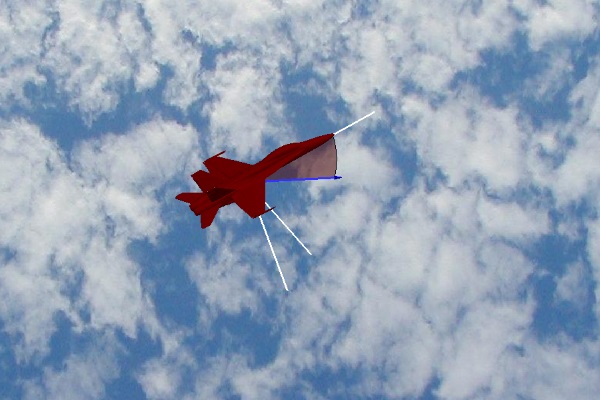
Physics-based flight models enable a range of training, planning, engineering and operations analysis activities. We can develop and validate fit-for-purpose solutions, which provide sufficient fidelity for your needs, with interfaces that make sense to the user.
Our capabilities include:
- Mathematical modelling of vehicle motion (manned & unmanned, fixed & rotary wing, rocket, lighter-than-air, submersible and multi-body),
- Aero/hydrodynamic, power, propulsion, flight control, vehicle systems and pilot modelling,
- Tailored fidelity – from point mass to full 6-DOF, linear or non-linear, rigid or elastic,
- Analysis and prediction of vehicle stability and handling qualities,
- Environmental and geophysical modelling.
Control & simulation
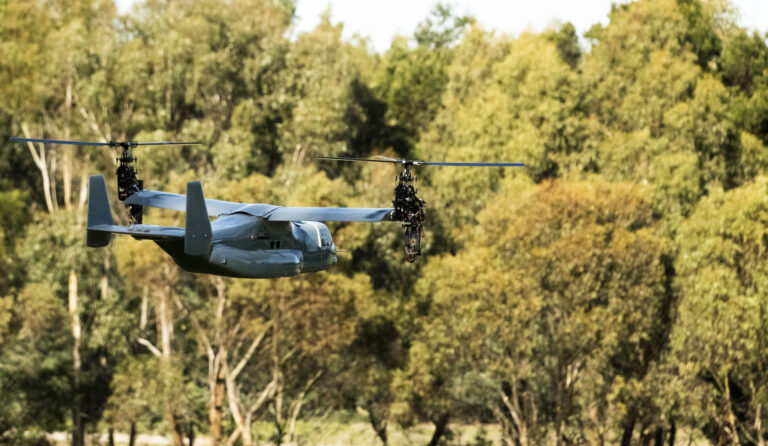
Flight modelling is only the means to an end. Ultimately, the flightpath and orientation of a vehicle must be controlled over time to achieve a piloting task within a specified level of performance, taking into account platform limits and external disturbances.
Our capabilities include:
- Vehicle flight control law design.
- Simulation autopilots and guidance for flight-path or target tracking.
- Manoeuvre specification and simulation.
- Autonomous vehicle research.
- Advanced MATLAB, Simulink & C/C++.
- Extensive toolkit of algorithms – beyond PID.
Mission performance
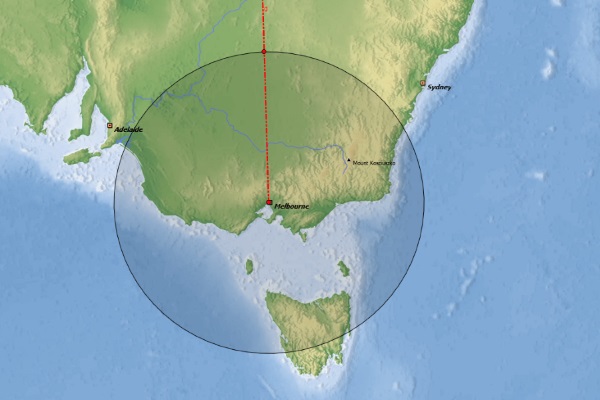
Mission capability often depends on how far, how fast or for how long a platform can operate, either alone or in concert with others. The variables involved often take you outside the published guidance. By understanding your operating concepts and missions; your platform, human and geographic constraints, and applying our specialist modelling expertise, we can help you answer those questions.
Our capabilities include:
- Range and endurance analysis in a geographic context.
- Capability options analysis using different aircraft/vehicles and payloads.
- Configuration design analysis and optimisation (eg, eVTOL and hybrid aircraft).
- Mission profile analysis and optimisation.
- Combat/manoeuvre performance analysis and comparison.
- Human factors and workload assessment.
Flight data analysis
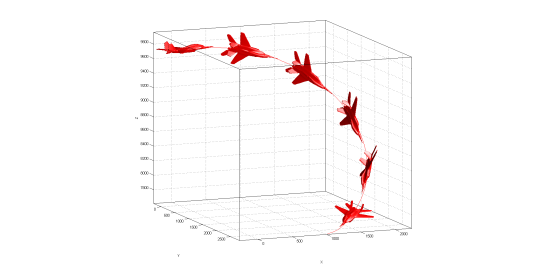
The correct usage and interpretation of flight data requires a particular mix of software engineering, flight dynamics expertise and lessons learned from real test & evaluation experience.
Our capabilities include:
- Flight test support,
- Flight test data reduction,
- System/parameter identification,
- Flight-path reconstruction,
- Flight model validation,
- Data and trajectory visualization,
- Handling Qualities Analysis.
Helicopter slung loads analysis
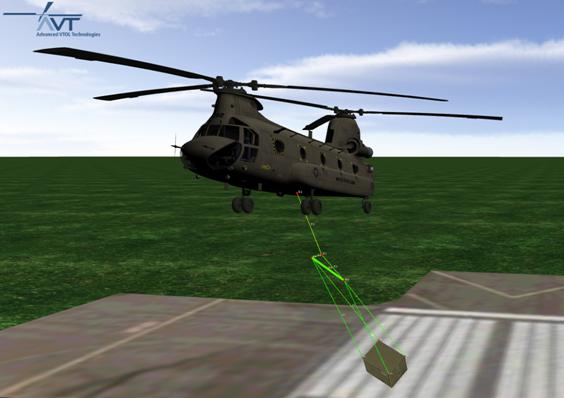
We have extensive experience in the development of complex, high fidelity, non-linear, multi-body simulation systems.
Since 2011, AVT has been involved in the development of modelling capability to simulate complex slung load systems under helicopters; featuring 6-DOF quaternion-based multi-body dynamics, configurable non-linear sling models with cables and spreader bars, an automatic flight controller for performing complex flight manoeuvres and an interface to high-fidelity helicopter flight dynamic models, such as FLIGHTLAB (ART) or AVT’s own proprietary helicopter models.
The tool can be used to help predict flight envelopes and optimise sling arrangements to reduce risk, improve handling and stability as well as increase performance.
The approach can also be applied to the simulation of other towed assemblies and crane systems, including cranes operating on ships.
Space flight dynamics
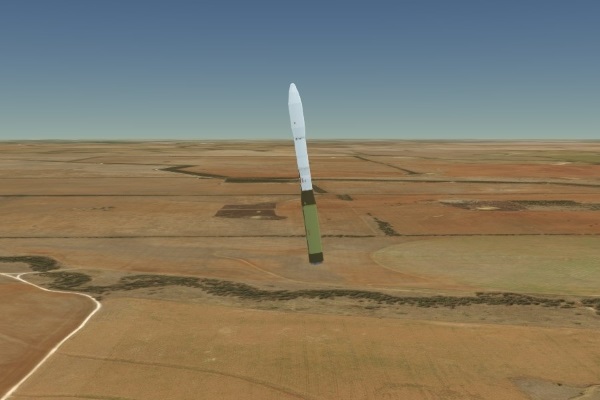
AVT can help you model single or multi-stage launches from ground or air to thermospheric heights, eg, for Low Earth Orbit (LEO), as well as re-entry / recovery of the launch vehicle.
Our capabilities include:
- Earth and environmental modelling
- Aero-propulsive modelling (CFD, DATCOM and other methods)
- Stability and control analysis
- Trajectory analysis and optimization
We employ a number of computational and semi-empirical tools for analysis and can develop custom simulations and/or visualizations to meet your needs.
VIDEO GALLERY
Slung Loads Simulation Software showing a Black Hawk with CONEX container conducting lateral frequency sweep.
Flight-path guidance of a generic fighter flight dynamic model with realistic excess power constraints and load factor limits. The trajectory and terrain data were imported into the US Navy’s SIMDIS tool for replay.
AVT V22 performing handling qualities research. Here the VTOL is performing an automated pitch frequency sweep to determine pitch bandwidth characteristics.